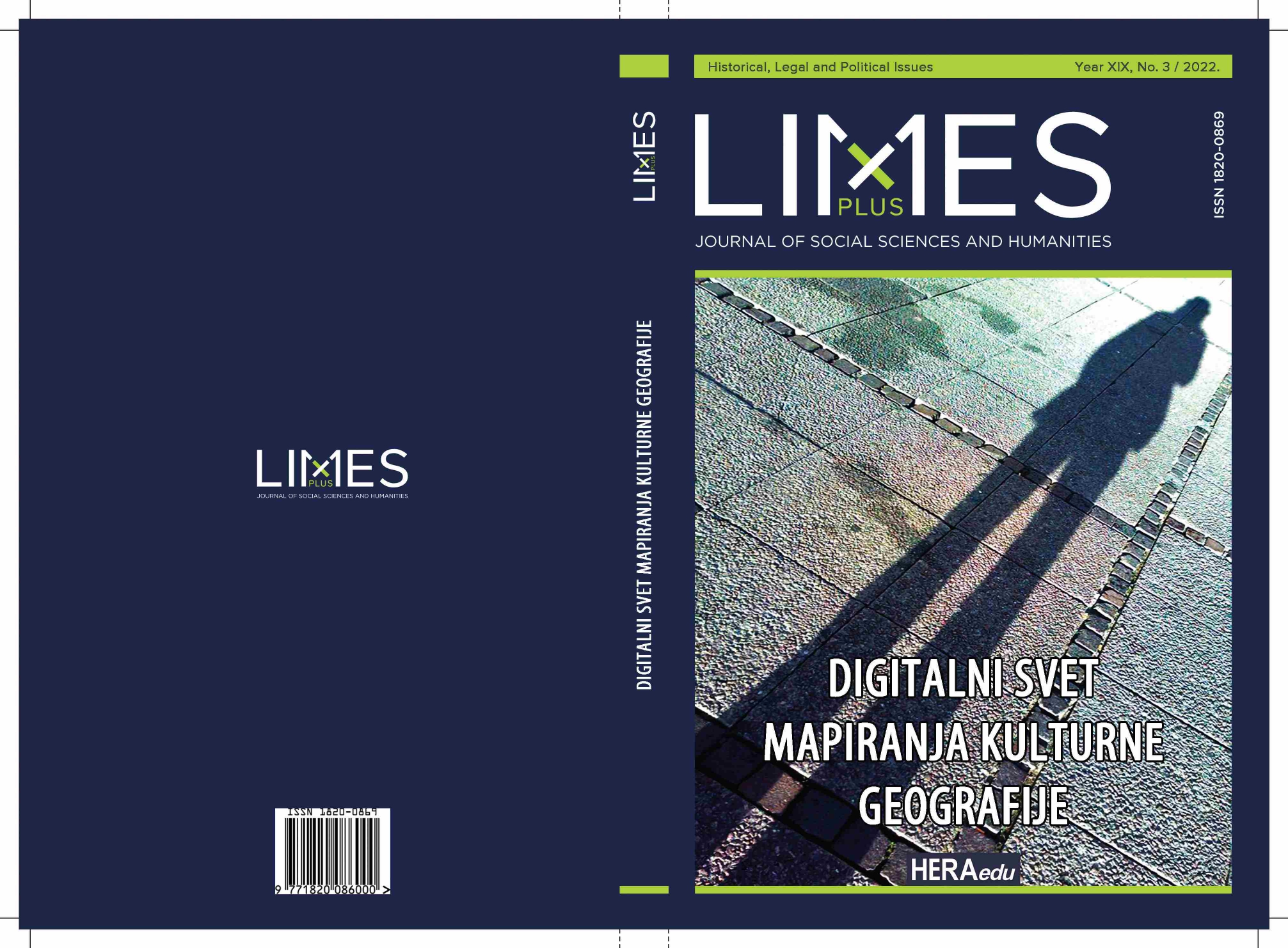UPRAVLJANJE KULTURNOM BAŠTINOM – STUDIJA SLUČAJA ALMAŠKI KRAJ U NOVOM SADU
CULTURAL HERITAGE MANAGEMENT – CASE STUDY OF ALMAŠKI KRAJ IN NOVI SAD
Author(s): Violeta ĐerkovićSubject(s): Politics and society, Culture and social structure
Published by: HESPERIAedu
Keywords: cultural heritage management; raising awareness; advocacy; local community; Almaški kraj; Faro Convention
Summary/Abstract: The emergence of new key actors in cultural heritage management – citizens and local communities – and their increasingly significant role in the circumstances where they show potential, compared to the almost unquestionably dominant role of the institutional sector, can be called a true Copernican Revolution in the field of cultural heritage protection. The increase in the degree of participation in the processes of cultural heritage management according to the model described in the Faro Convention of the Council of Europe, although still far from sufficient, is visible in Serbia. The case study that illustrates this thesis refers to the activities of the non-governmental organization Almašani from Novi Sad, founded in 2005, and to the activities of a broad informal network gathered around this organization, in the period from the establishment of the organization until the end of 2022. The basic methodological instrument applied in the research is participant observation, given that the author is an activist of the Almašani organization, and in the last five years has been involved in these processes through two other roles: as the coordinator of the Faro network of the Council of Europe for Serbia and the coordinator of the Svilara Cultural station. Based on the experience of Almašani, for these processes to be successful, they should be based on: strong motivation, good organization, focus, cultural capital of the local community and continuous readiness for true dialogue in long-term processes such as cultural heritage management processes. In this way, the processes of raising awareness and advocacy can lead to deep and visible changes in the field of cultural heritage management, such as: an increase in the relevance of citizens and local communities in the processes of cultural heritage management, the use of cultural heritage as a means for the development of the local community (development understood as a qualitative category, as opposed to quantitative, reflected in growth), and the development of a culture of dialogue between actors from the civil sector with all other actors, primarily representatives of the public sector (decision-makers), the media and the private sector
Journal: LIMESplus
- Issue Year: 2022
- Issue No: 3
- Page Range: 37-58
- Page Count: 22
- Language: Serbian

